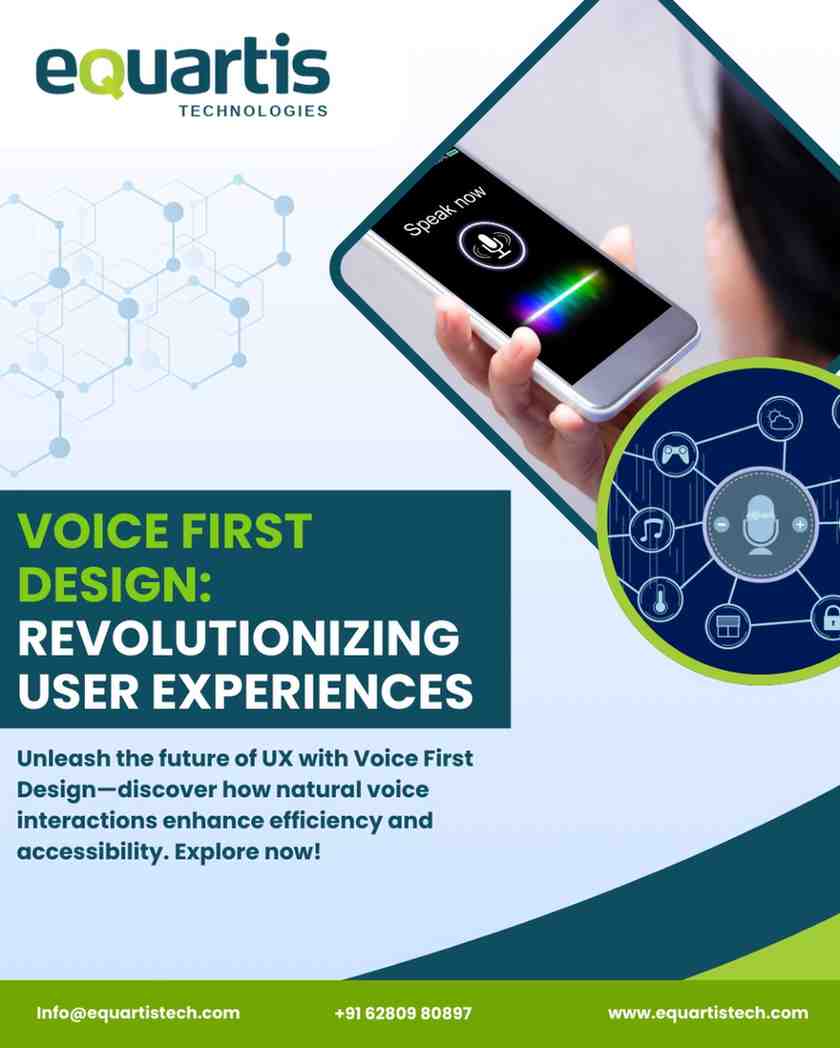


Unleash the future of UX with Voice First Design—discover how natural voice interactions enhance efficiency and accessibility. Explore now!
Designing products that are intuitive and engaging plays a pivotal role in connecting people with technology. One of the most transformative shifts in this arena is the emergence of Voice First Design. This approach reimagines the user experience (UX) by leveraging the power of voice recognition technology to create interfaces that are not only interactive but also naturally align with how we communicate every day.
In this comprehensive article, we will explore the concept of Voice First Design, delve into its benefits, and examine its impact on the digital domain. Whether you are a designer, developer, or business leader, understanding voice-first strategies can empower you to deliver experiences that truly resonate with modern users.
Understanding Voice First Design
Voice First Design is all about putting voice at the forefront of the interaction. In traditional digital products, users navigate through graphical interfaces by tapping, clicking, or swiping. With voice-first interfaces, the command line is replaced by natural language, making interactions more immediate and human-centered.
At its core, Voice First Design focuses on:
This new approach is especially significant as the adoption of smart speakers, virtual assistants, and voice-activated devices continues to grow. Users are increasingly looking for simplicity and efficiency, and voice-first experiences deliver precisely that.
The Evolution of User Interfaces
The journey from command line interfaces to graphical user interfaces (GUIs) and now to voice-based systems marks an evolution that is driven by both technological advancements and a deeper understanding of human behavior. Initially, users had to learn complex commands to interact with computers. Then came GUIs, which revolutionized computing by making it visually engaging and much easier to navigate. Now, with the advent of voice-first technology, we are moving toward interfaces that allow users to communicate as if they were conversing with another human being.
In this evolution:
This progression is monumental because it reflects a shift toward more intuitive and accessible forms of interaction. As technology becomes more embedded in everyday life, the efficiency and inclusiveness of voice-first systems place them at the forefront of innovation.
How Voice First Design Works
The mechanics behind Voice First Design involve several advanced technologies that work together to deliver a seamless experience. Here’s an overview of the key components:
1. Natural Language Processing (NLP)
NLP is the foundation of any voice-first interface. It allows computers to understand, interpret, and generate human language. By parsing the nuances of speech, NLP helps in:
2. Speech Recognition
This technology converts spoken words into text. Advanced speech recognition systems can handle various accents, dialects, and ambient noise, enabling them to accurately capture what the user is saying. It uses machine learning models to constantly improve its performance over time.
3. Voice Synthesis
Once the system processes a command or query, it often needs to offer a verbal response. Voice synthesis, or text-to-speech (TTS), generates human-like spoken responses that make interacting with machines more engaging. The quality of TTS systems has dramatically improved, making the voices sound natural and expressive.
4. Integration and Context-Aware Capabilities
An effective voice-first system integrates seamlessly with other data sources and applications. It leverages contextual information to provide personalized and relevant responses. For example, a voice assistant might check your calendar, local weather, and traffic updates to offer a holistic answer to a given question.
Below is a simple ASCII infographic illustrating the voice-first design process:
This cycle of processing and feedback is what enables Voice First Design to deliver smooth and natural interactions.
Conclusion
Voice First Design is not just a fleeting trend; it represents a fundamental shift in how users interact with technology. By embracing natural language, advanced AI, and contextual responsiveness, voice-first interfaces are revolutionizing user experiences and making digital products more efficient, accessible, and engaging.
For businesses looking to remain competitive in this rapidly evolving landscape, integrating voice-first strategies is no longer optional—it is essential. Whether you are developing a smart home solution, innovating within the automotive industry, or venturing into healthcare and education, the benefits of Voice First Design are undeniable.
If you are seeking technical expertise to bring this cutting-edge approach to your digital product, consider partnering with a trusted App Development Company in Chandigarh. Such collaborations can ensure that your product not only keeps pace with emerging design trends but also delivers a truly immersive and user-centric experience.
